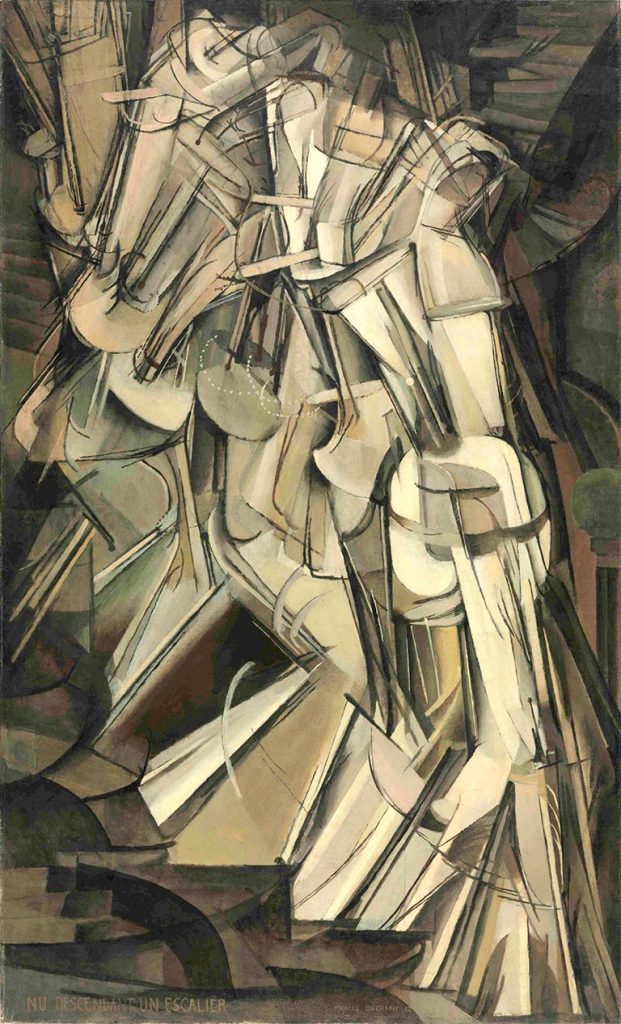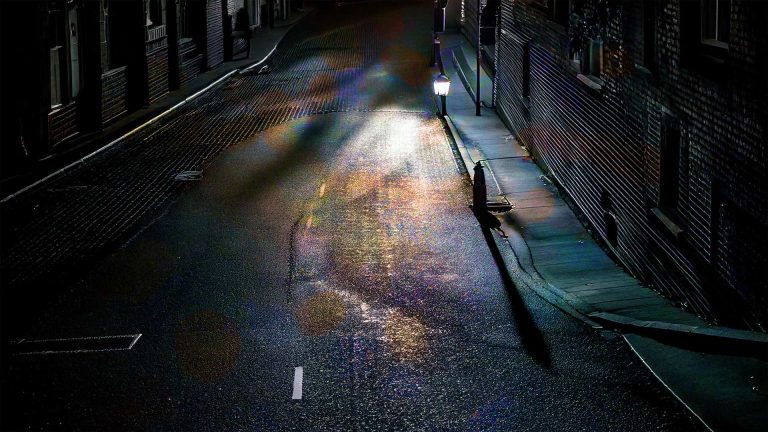The fascinating intersection of mathematics and creativity
Read time 3 minutes
few years ago, I became utterly fascinated by the concept of the fourth dimension. In physics and mathematics, the fourth dimension is often recognized as time—an essential axis alongside length, width, and height. This intriguing idea perfectly aligned with my deep passion for unraveling the mysteries of time.

One of the most iconic works to make this concept accessible to a broad audience is Edwin A. Abbott’s Flatland: A Romance of Many Dimensions. Published in 1884, this novella introduces readers to a two-dimensional world inhabited by geometric shapes, particularly squares and circles. It cleverly explores how perception is limited when confined to just one dimension. Abbott’s visionary work serves as a powerful allegory, helping us understand dimensions beyond our three-dimensional reality, especially through objects like the tesseract.
The tesseract, or 4D hypercube, is the four-dimensional counterpart to a cube. While a cube is made up of square faces, the tesseract is composed of cubic “faces” extending into a fourth dimension—an existence beyond our three-dimensional comprehension. Just as we cannot perceive the fourth dimension directly, the characters in Flatland cannot conceive of the third dimension. The protagonist, A Square, undergoes a transformative experience when he encounters a being from the third dimension, symbolizing the challenge of grasping higher dimensions, like the fourth.
Abbott’s Flatland serves as a precursor to 4D art, introducing the idea that dimensions exist beyond what we can directly observe. The novella offers a captivating narrative that bridges the gap between abstract mathematical concepts and tangible human experiences. It invites readers to imagine how a higher-dimensional being might interact with and alter a lower-dimensional world in ways that defy logic, much like how we might one day interact with higher-dimensional objects—like the tesseract—in unexpected and innovative ways.

In 4D art, the tesseract becomes more than a mathematical abstraction—it transforms into a visual metaphor for the unseen, a bold exploration of the invisible dimensions Abbott first brought to life. Just as Flatland urges its readers to stretch their imaginations and embrace the possibility of higher dimensions, 4D art invites us to experience a world beyond our direct perception. It offers us a glimpse into the profound mysteries of the universe, making the tesseract not just a concept, but a gateway to endless creative possibilities, echoing the transformative shift in perspective that *Flatland* so masterfully illustrates.



